Category: Latter-day Saint Thought
-

What do Members and Former Members Believe About God? Insights from the B.H. Roberts Foundation’s Current and Former Latter-day Saint Survey
A guest post from Josh Coates and Stephen Cranney This is one of a series of posts discussing results from a recent survey of current and former Latter-day Saints conducted by the BH Roberts Foundation. The technical details are in the full methodology report here. In the 2023 CFLDSS we asked the standard question about…
-
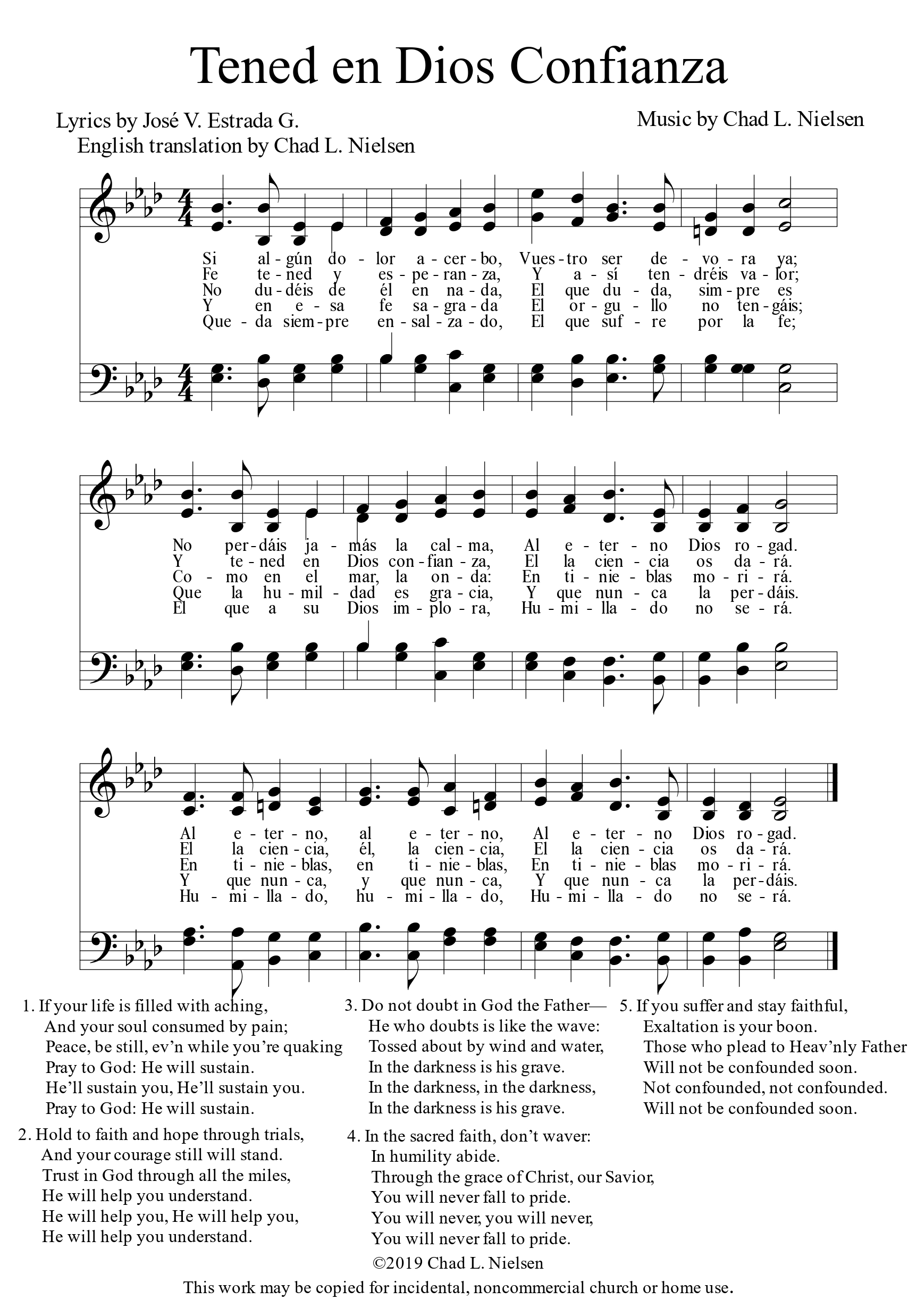
“Tened en Dios Confianza”
I have not been able to find out much about “Tened en dios confianza,” nor about its author, José V. Estrada G. On a more personal note, however, this was the first hymn that I worked with when I started contemplating the Mexican Mission Hymns Project around six years ago. The original music for the…
-
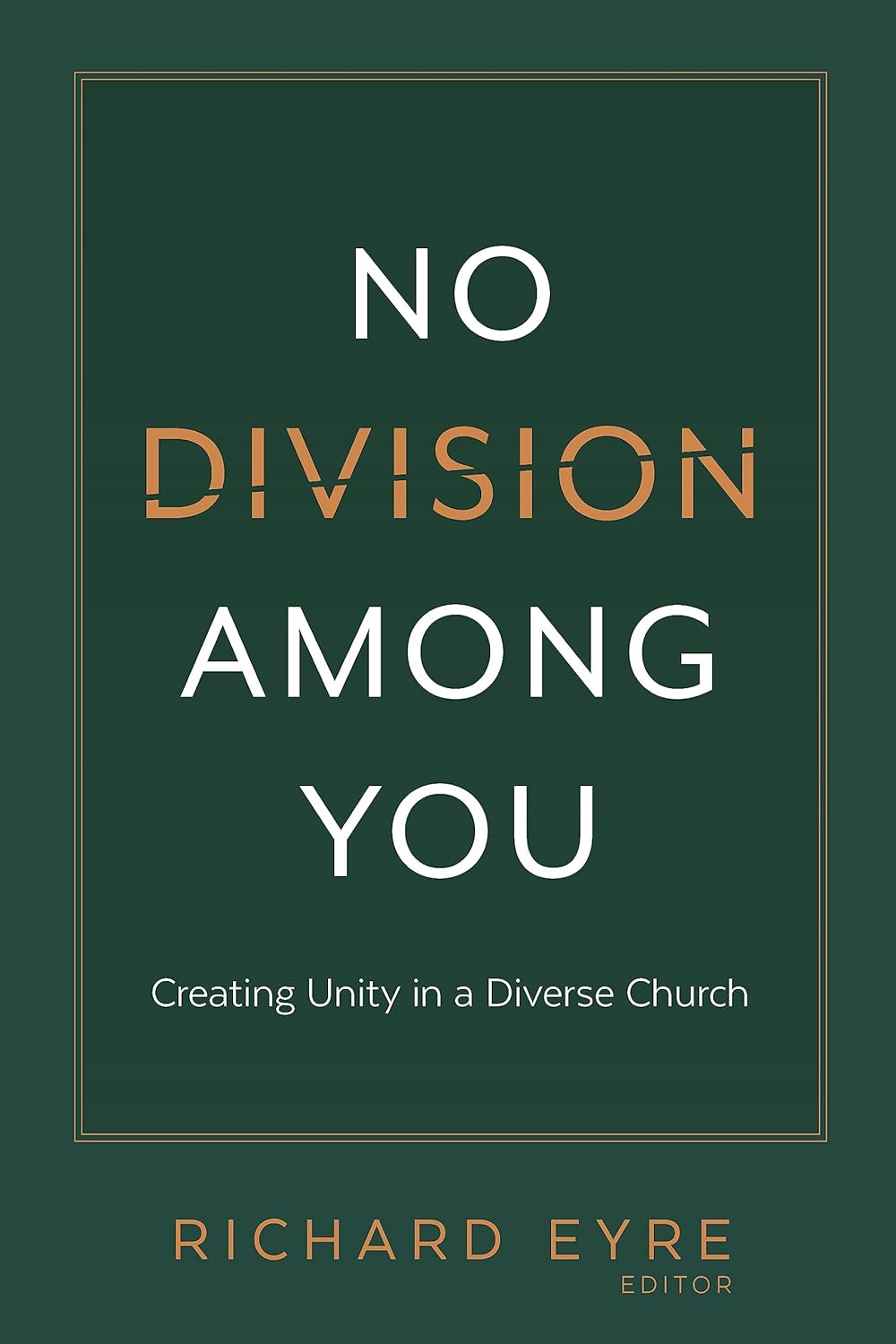
No Division Among You: A Review
No Division Among You: Creating Unity in a Diverse Church, ed. Richard Eyre (Deseret Book, 2023) is a beautiful book in its intentions and efforts. The book is a collection of 14 essays that discuss ways to view the need for unity while embracing diversity. Each essay is by a different author, bringing in diverse…
-

In Defense of Missionary Numbers
There’s a fun thing people do with Dalle where they have it create an image with a certain descriptor, then continually ask it to make it “even more X.” In this case I asked it to create a righteous-looking missionary, then asked it to be even more righteous, then even more righteous, etc. After six…
-
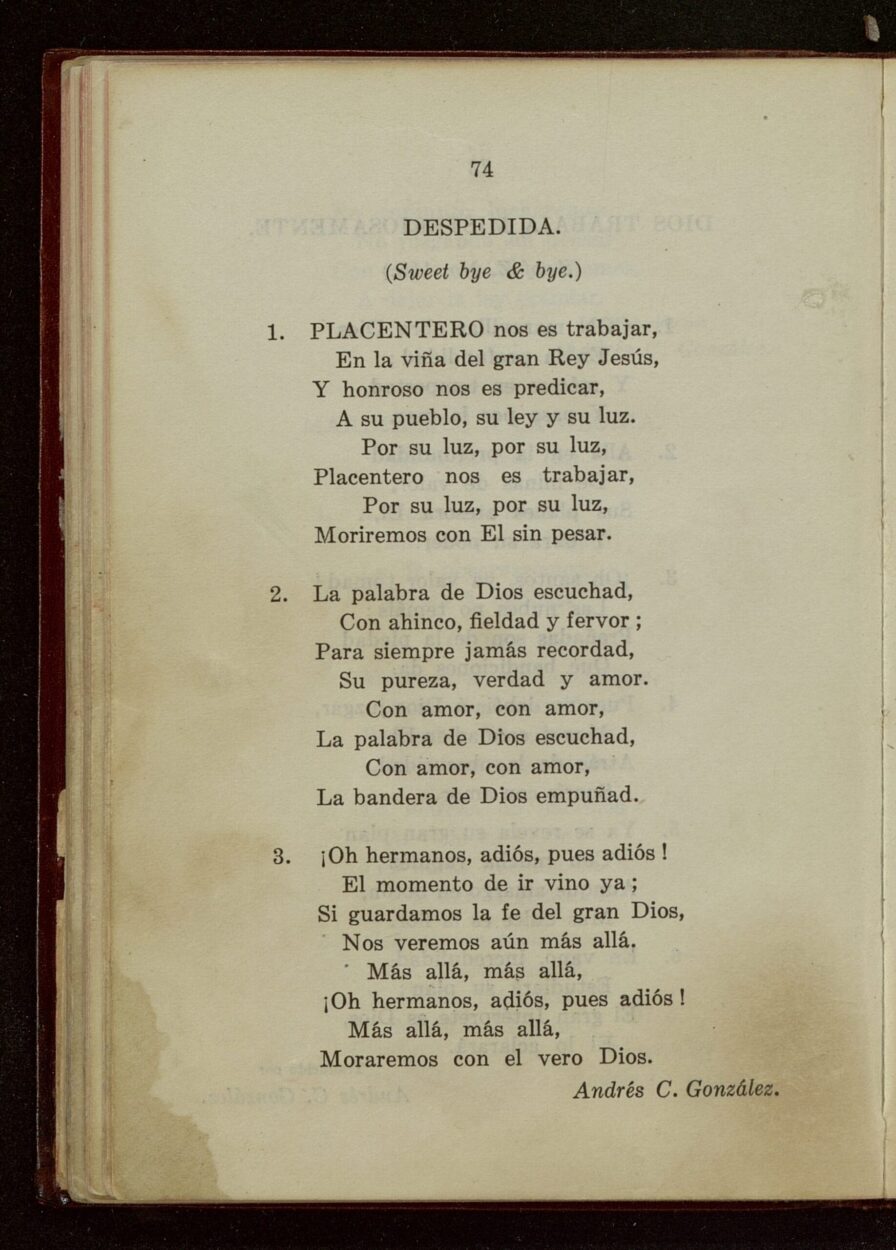
“Placentero nos es trabajar”
“Placentero nos es trabajar” or “Despedida” is one of the more popular hymns that is included in Latter-day Saint hymn books, written by a Latter-day Saint, but not in the English hymnal at this time. Hence, I’ve been consistent in pointing it out as a likely candidate for inclusion in the forthcoming hymnal. While I’ve…
-

Latter-day Saint Book Review: A Life of Jesus, by Shusaku Endo
A Life of Jesus is an introduction to the life of Christ by renowned Catholic Japanese novelist Shusaku Endo, the author of Silence, a book set during the early persecutions of Christians in Japan. Much of Endo’s work revolves around the tensions of being a Catholic in a very non-Christian country, and this book was written…
-
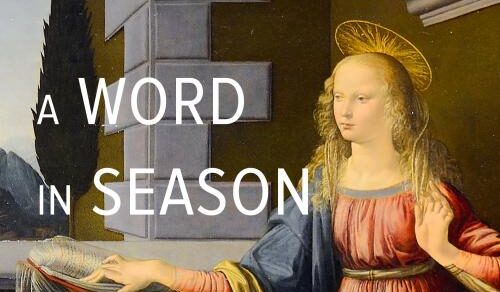
A Word in Season: Isaiah’s Reception in the Book of Mormon (A Review)
A Word in Season: Isaiah’s Reception in the Book of Mormon by Joseph M. Spencer (University of Illinois Press, 11/21/2023) is a scholarly exploration into the interplay between the biblical prophet Isaiah and the narrative fabric of the Book of Mormon
-

The Curious Role of the Book of Mormon Witnesses in Evangelical Debates about the Resurrection
While we Latter-day Saints have our apologists and reason-based arguments for faith and defenses against attacks on the faith, those are, by our own admission, to help create a place for faith or respond to criticisms that attack that faith, we are careful to formally base our religious epistemology in the numinous, personal spiritual experience. …
-

“In his own tongue, and in his own language”: Or, all Church leaders now speak 27 languages
“Hearing the gospel in their own tongue” A January 2024 report on advances in AI and what they mean for the Church New Unicorn-startup-on-the-block Elevens Labs has rolled out a more refined dubbing/translation service. Now one can simply upload any video under 45 minutes long and hear it in one of 27 different languages in…
-
Latter-day Saints and Biblical Theology
Interpreting the scriptures is a vital part of the Judeo-Christian tradition. In a recent interview at the Latter-day Saint history blog From the Desk, Joseph Spencer discussed a particular approach to interpreting the Bible—Biblical Theology. In particular, he focused on recent developments in Latter-day Saint Biblical Theology. What follows here is a co-post to the…
-
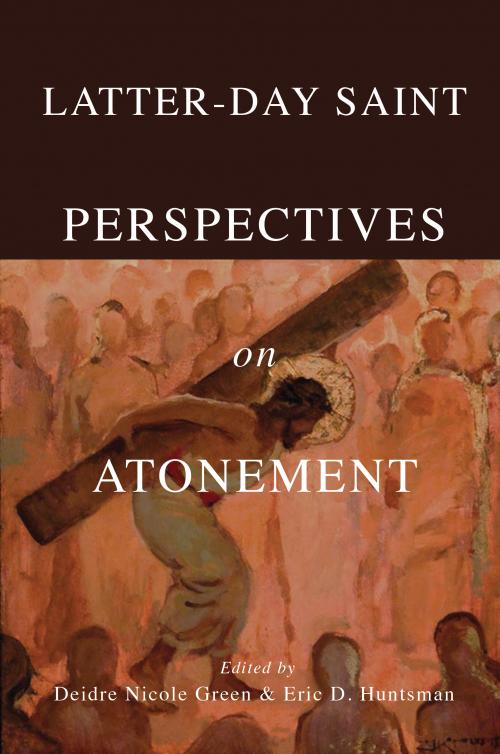
Latter-day Saint Perspectives on Atonement – A Review
Latter-day Saint Perspectives on Atonement is a fascinating journey through the scriptures and teachings of The Church of Jesus Christ of Latter-day Saints about the Atonement of Jesus Christ.
-
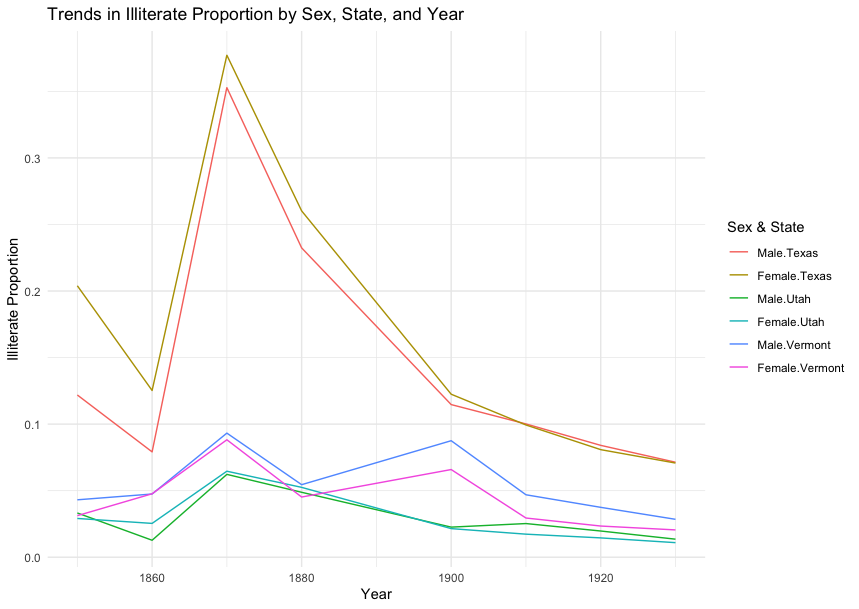
Pioneer Utah and Gender Inequality in Education
Back in the day, the census would record the literacy of respondents (in any language), so I used the IPUMS data (that I have used in several posts before) to access the complete censuses of pioneer Utah and look at literacy across time by gender. The complete US census data across all the years literacy was…
-
I once was Lehi
In the scriptures, we find (among other things) stories we slip into in order to make sense of our lives. We are Adam and Eve, Joseph preparing for a famine, David facing Goliath, Alma the Younger looking back at his choices. We teach people to seek answers by earnestly praying like Joseph Smith in the…
-
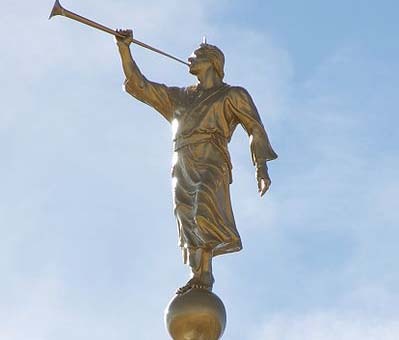
Grant Hardy on the Annotated Book of Mormon
It was a monumental effort to create this version of the Book of Mormon.
-

Moral Luck and Homosexuality in the Church
Most of us have at some point checked our phone while driving. However, for a small minority of cases somebody walks in front of us and gets killed. We then (somewhat rightfully) blame the distracted driver for the death, even though most of us have inadvisedly checked our phone while driving, and it’s just the…
-
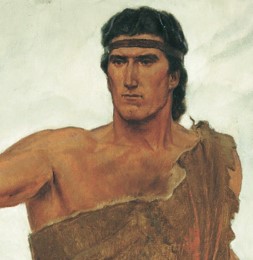
Misinterpreting “Large in Stature”
By Mike Winder When Nephi says he is “large in stature” does that mean he is merely “tall and muscular” or something else? Sometimes in the Bible stature means height, such as “a man of great stature” in 2 Samuel 21:20 speaking of the man born to the giant of Gath.
-

“As the Gods”: Pre-Sapiens Hominids and God’s Plan
When it comes to human evolution or deep human history, there’s a sort of begrudging acceptance in Church culture of its possibility, or it’s used as some cudgel in a broader debate about biblical errancy or how symbolic Adam and Eve were, but very few have taken it any further and really sat down and…
-
On Martha Hughes Cannon
Martha Hughes Cannon was a notable, if complicated, woman in Utah history. Although somewhat forgotten (partly due to her son burning all her journals, at her request), she has become more widely remembered in recent years. In a recent interview at the Latter-day Saint history blog, From the Desk, biographer Constance L. Lieber shared some…
-
It is Okay for the Church to Defend Its Claims
A Public Square Magazine article has been making the rounds about the history behind the Church being caught flat-footed in responding to probably the most influential piece of anti-Mormon literature of the 2010s. Not that people in the Church ecosystem didn’t have good responses, but at the time it hit, the traditional institution on whom…
-
Notes on Revelation
[As I was going through my files, I found this draft that written four years ago. As it has about 24 hours of relevance left, I’m publishing it now. Happy New Year.] When I teach Revelation 1-11 to my youth Sunday School class, I’ll probably start off by saying something about gasoline.
-
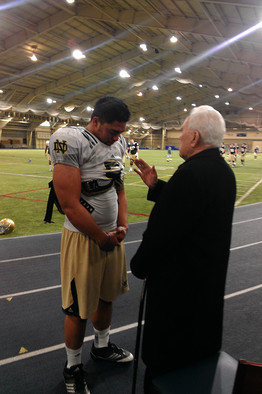
The Vatican’s Same-Sex Blessings: Latter-day Saint Translations and Lessons
Catholic priest giving a blessing to Latter-day Saint/Notre Dame football player Manti Te’o (Source: Juvenile Instructor, who got it from the WSJ) The Catholic world has been abuzz about a recent directive from the Vatican condoning blessings (but not marriages, and not liturgical blessings, kind of) of same-sex couples. The document has engendered a lot…
-
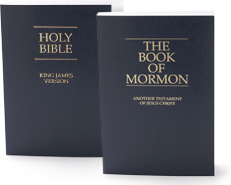
Come, Follow Me: Book of Mormon Resources
As Jonathan has been pointing out in his posts about Reading the Book of Mormon in wartime and Book of Mormon historical revisionism, we are only a few weeks out from starting the next year of the reading cycle. Come, Follow Me 2024, will focus on the Book of Mormon. We’ve had posts and discussions…
-
Book of Mormon historical revisionism
As we study the Book of Mormon next year, there will be suggestions to read between the lines, to resist the surface or official or dominant reading, to see through the authoritative narrative to the unvarnished reality behind it – like the standard works, these suggestions too come around every four years. The instinct is…
-

Why I Don’t Care About the Doctrine/Practice Distinction
Dalle-3 depiction of “Legalistic religion” One of those interminable discussions we members like to get into is whether a particular teaching is a “doctrine” or “practice.” The issue behind the issue is what is changeable or not. Presumably if something is defined as core then stakes are placed in the ground and it is beyond…
-
Brigham Young’s Early Journals
While the Joseph Smith Papers project is, in many respects, wrapping up, other presidents of the Church—including Brigham Young— have begun to receive more attention and papers projects of their own. In a recent interview at the Latter-day Saint history blog From the Desk, Ronald K. Esplin discussed some of his observations about the first…
-
2024 Church History Symposium
2024 Church History Symposium “Shall the Youth of Zion Falter?” The Young Women?and Young Men Organizations of The Church of Jesus Christ of Latter-day Saints
-
Reading the Book of Mormon in wartime
Next year, the focus of scripture study in Sunday School and Seminary classes will cycle again to the Book of Mormon. Compared to previous years when the Book of Mormon has been the focus, war will loom larger in the background than it has since at least the 1960s, even including the messy realities of…
-
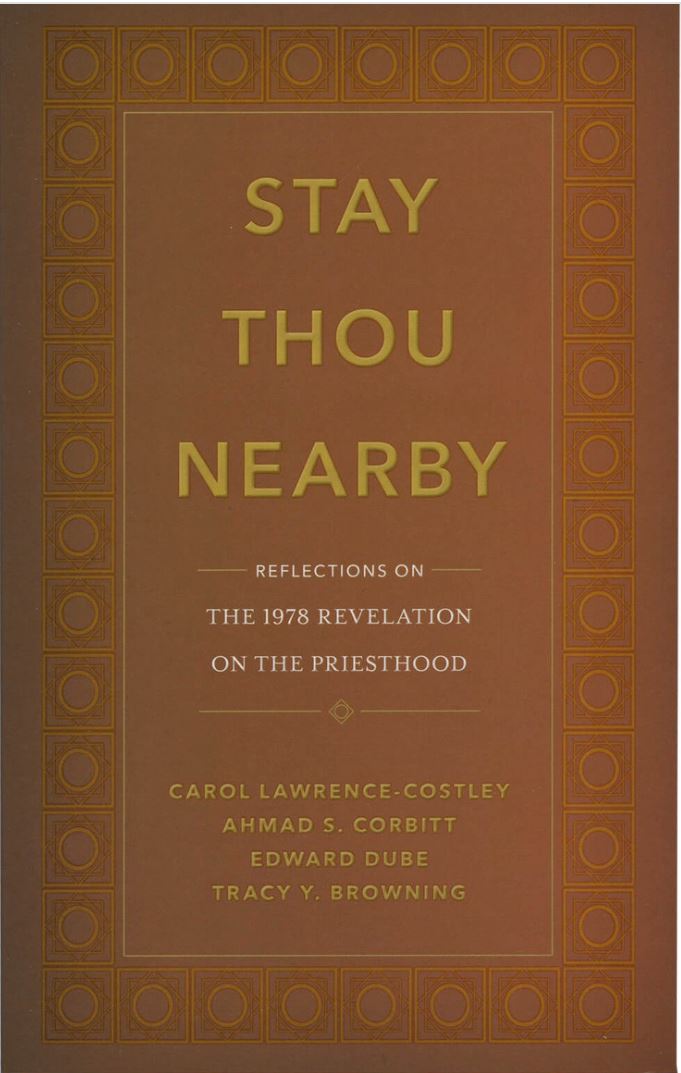
Stay Thou Nearby: A Review
The 1852–1978 priesthood and temple ban on Blacks in The Church of Jesus Christ of Latter-day Saints is a bitter pill to swallow, especially for those affected most directly by it. I have been grateful, however, for efforts in the Church to address the issue more openly in recent years, including several publications from Deseret…
-
George Q. Cannon was far too Helpful and Talented
It is not an uncommon experience in the history of The Church of Jesus Christ of Latter-day Saints for a member of the First Presidency or Quorum of the Twelve other than the president of the Church to functionally run the Church or to have a huge impact on the Church. In the twentieth century,…
